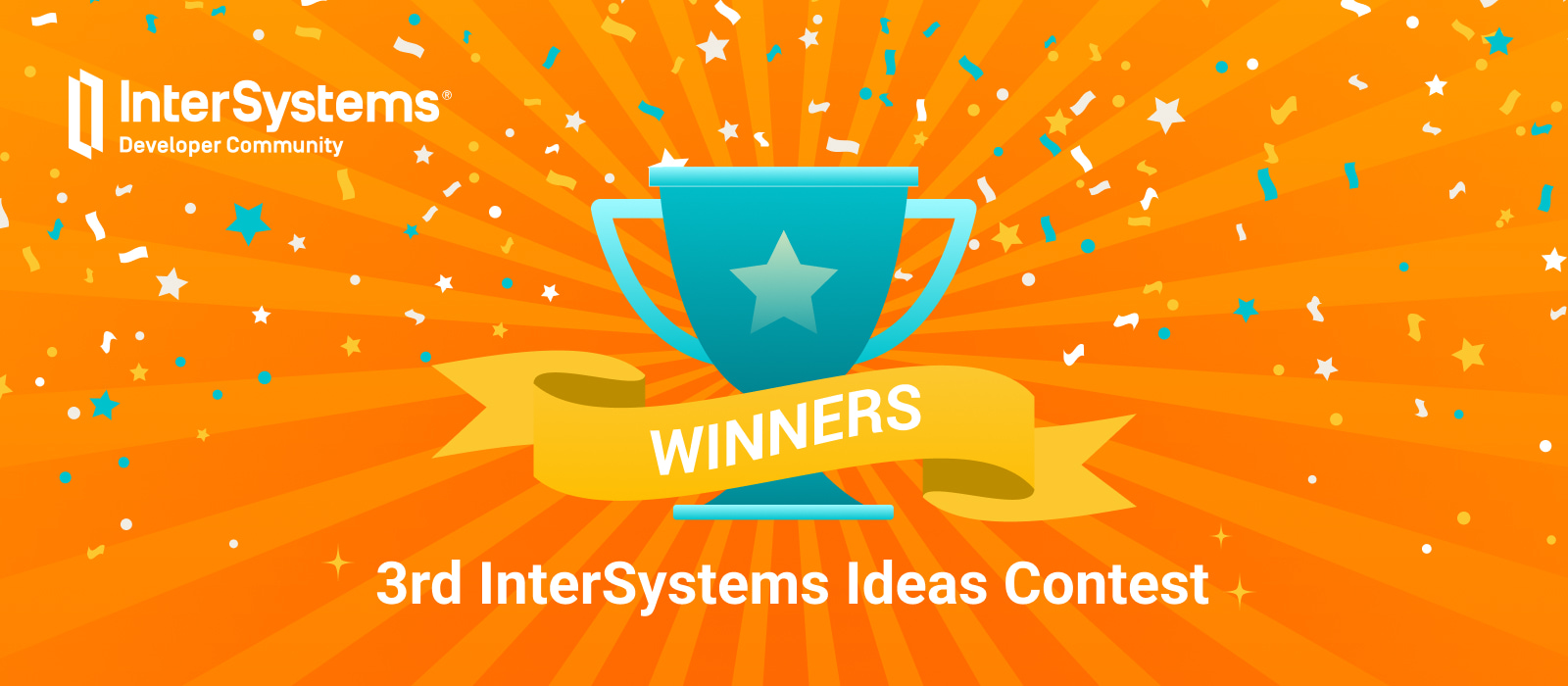The best way to list, edit, save and delete globals is using an IDE. Now, it is possible if you use VSCode. It is also possible to save globals using yaml files. Perform the following steps:
1. Get an InterSystems IRIS instance and install the application iris-global-yaml:
zpm:USER>install iris-global-yaml2. If you just to want an InterSystems IRIS trial for tests git clone and run on docker:






(2).jpg)


.png)
%20(2)(2).jpg)
.png)
.jpg)